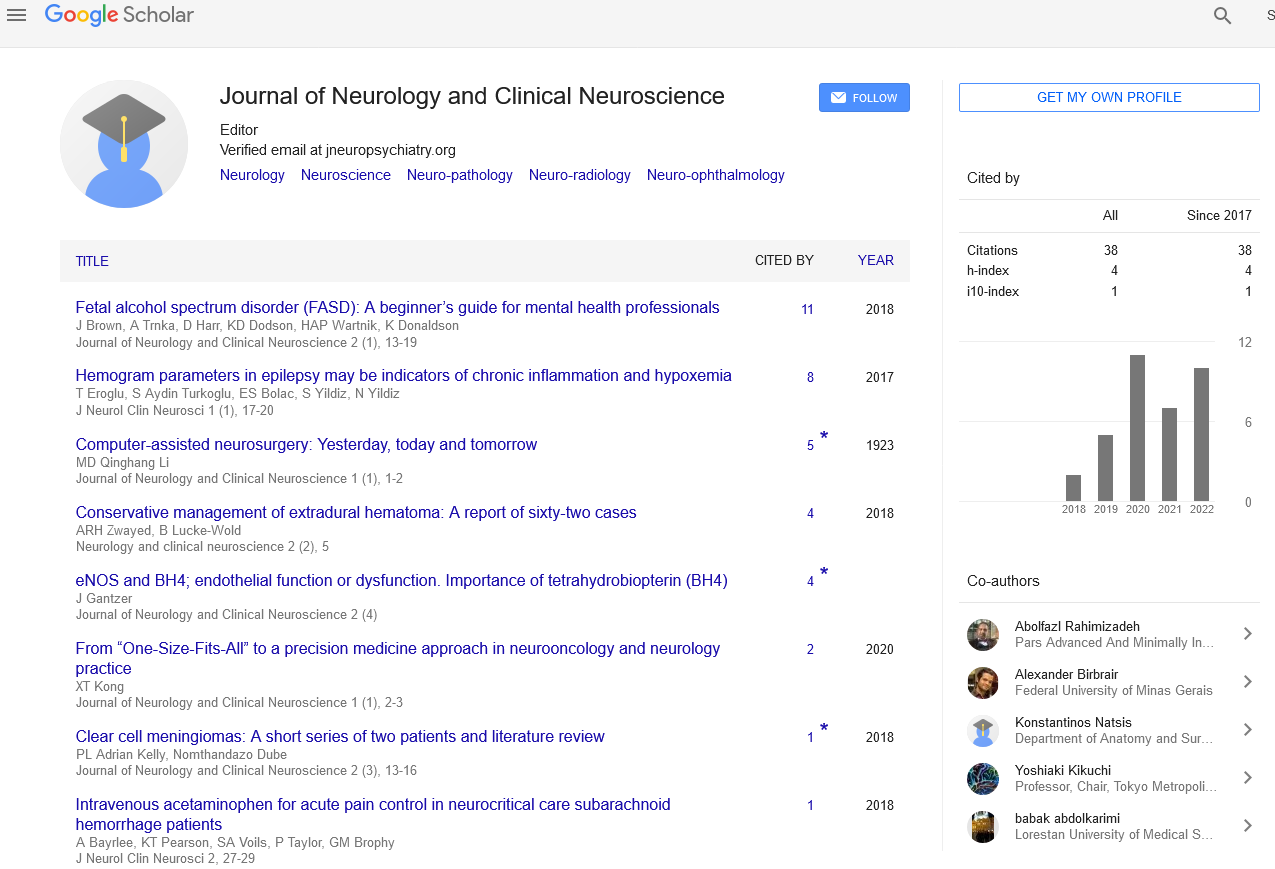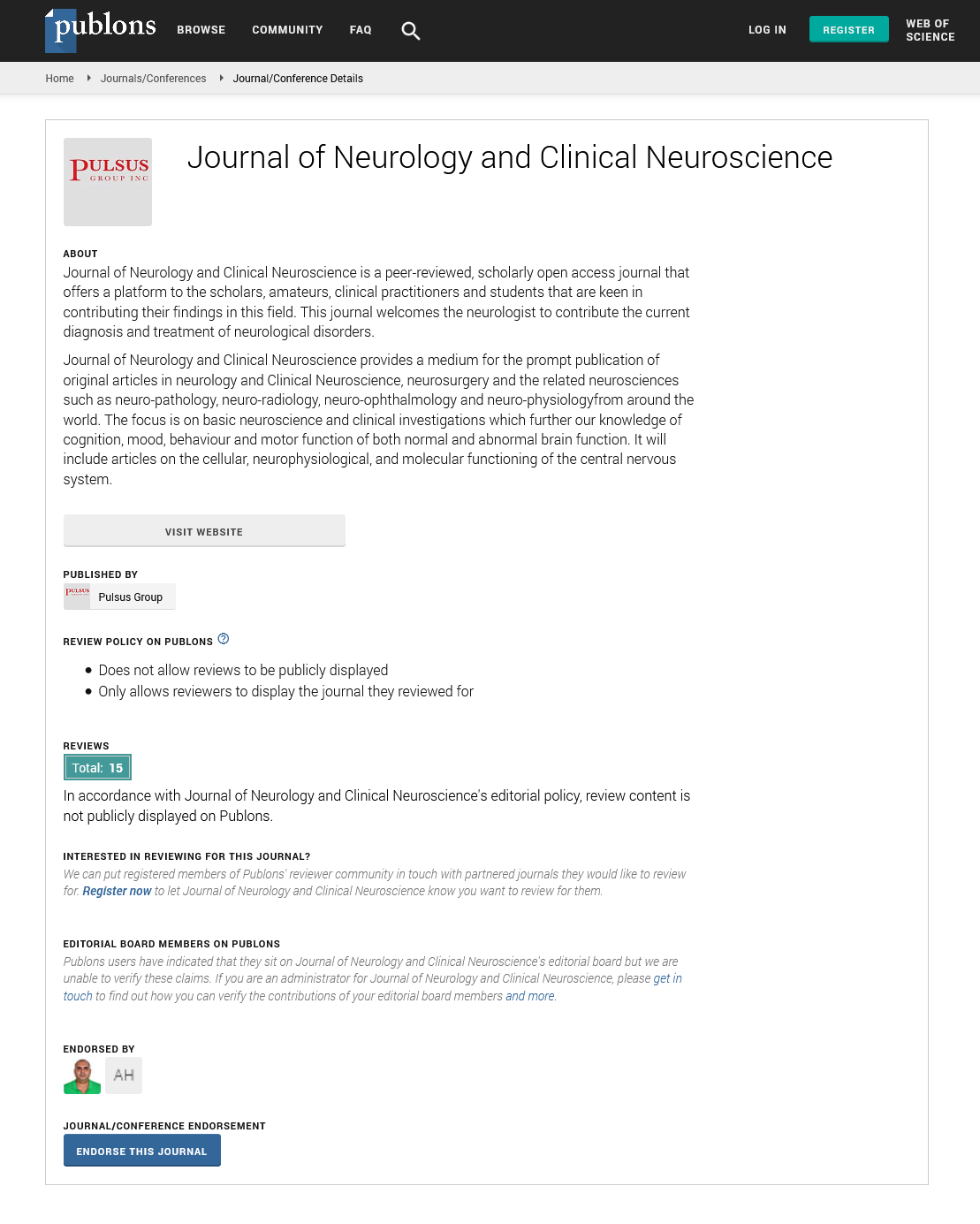Sign up for email alert when new content gets added: Sign up
Low frequency transcranial magnetic stimulation: a potential therapeutic tool in the treatment of autism spectrum disorders
Joint Event on 4th International Conference on Neurology and Healthcare & International Conference on Clinical and Experimental Neuropsychology & 3rd World Drug Delivery and Formulations Summit
June 24-25, 2019 | Rome, Italy
Olivia Bell
Bristol University, UK
Posters & Accepted Abstracts: J Neurol Clin Neurosci
Abstract :
Autism Spectrum disorders are a group of early-onset neurodevelopmental pervasive disorders defined by a core triad of symptoms: qualitative abnormalities in reciprocal social interaction, communication and restricted, repetitive and stereotyped behaviours. Affecting 1% of the population and accounting for 58 Disability-Adjusted Life-Years (DALYs) per 100,000 population, autism causes a significant burden to health and social services. The heterogeneous nature of autism has impeded effective targeting. The Prefrontal Cortex (PFC), pivotal in socio-emotional processing, is thus proposed as a target, to modulate implicated regional dysfunction in connectivity and excitability. Repetitive Transcranial Magnetic Stimulation (rTMS) is an emerging tool in psychopathology. Data suggests low-frequency stimulation-induced inhibition of the PFC could mediate the elevated excitation/inhibition imbalance. Consequent interneuron attenuation causes functional reorganisation of the PFC, resulting in core symptom alleviation. Although available TMS studies in autism are preliminary, they provide promising evidence for therapeutic benefit including reductions in repetitive behaviours, attentional-processing and Event- Related Potential (ERP) normalisation. Therefore, bilateral weekly Dorsolateral Prefrontal Cortex (DLPFC) stimulation at 180 pulses for 18 weeks at 90% MT and 1HZ will be applied. To consolidate the most effective regional and temporal window targeting, PFC stimulation will be directly compared to superior temporal sulcus and considered across age-groups. Targeting critical-period plasticity could elicit efficacious long-lasting cortical modulation, restoring local-circuit maturation, reducing symptomatology in adulthood. This report proposes rTMS as a promising tool in the alleviation of autistic cortical manifestations.
Biography :
Olivia Bell is a medical student and pursuing her studies at Bristol University. Her interests and research experience are focused on neurology aspects as well as neurological disorders and especially autism spectrum disorders.
E-mail: ob15463@my.bristol.ac.uk





